8 Visual Signs Of Osteoarthritis
Osteoarthritis is a degenerative disease affecting the joints. It is progressive in nature, and gradually wears down the joint’s cartilage. Cartilage is the body’s natural shock absorbers and the breakdown usually occurs after the age of fifty, but it also affects people in their twenties and thirties. Although the physical damage happens under the skin, people who are living with the pain display physical signs of the disease in daily life.
8. Pain
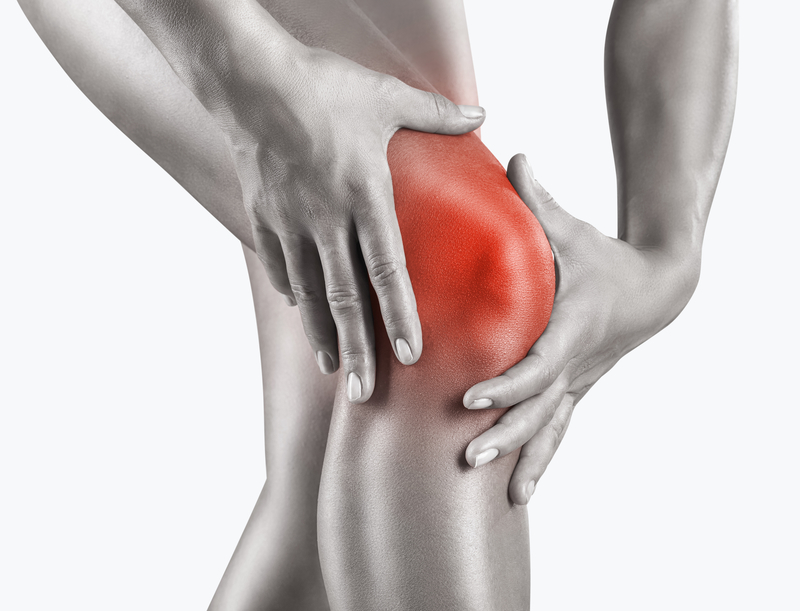
Osteoarthritis is progressive and so is the pain. The tissue between the joints gradually breaks down causing soreness which might begin at a minor and at a manageable level and eventually become too painful to function. It is often worse after sitting and being sedentary for long periods when joints feel difficult to move. Common in the morning, pain can last about thirty minutes but walking and gentle exercisecombined with Osteo Bi-Flex Tablets w/Vitamin D can help loosen the joints almost immediately.
7. Stiffness
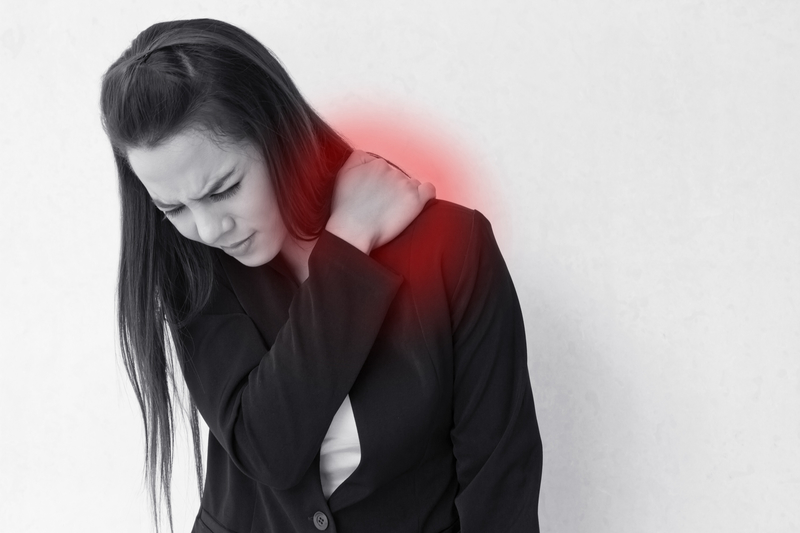
Like pain, whether it is in the morning or sticks around all day, stiffness is usually worse after being inactive for a period of time. It is known as the ‘gel phenomenon’ and the best way to find relief is to move gently. Joint stiffness can also be lessened with topical pain relievers and over-the-counter medications however they are not long-term solutions. Some people like to use soft stress balls to improve finger function.
6. Swelling
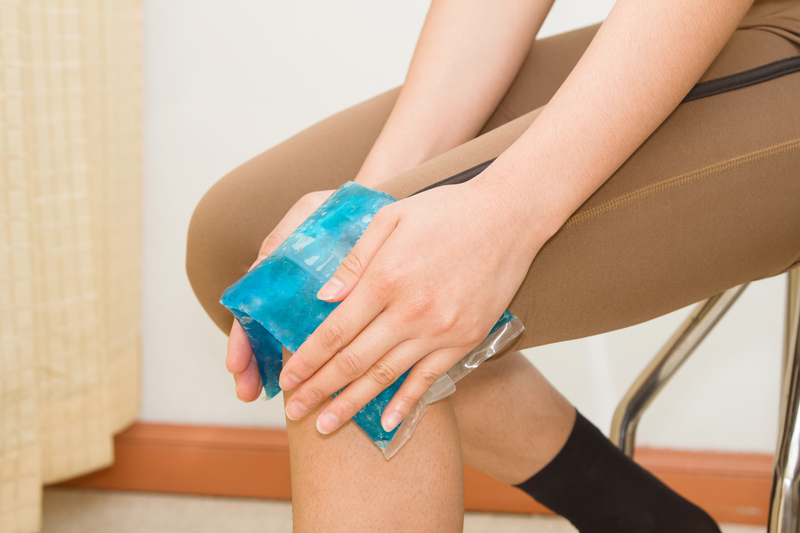
Swelling, warmth, and redness of the joints is a common visual sign of osteoarthritis. Largely seen in the fingers and knees, the hips and other joints can be similarly affected. A healthy diet helps to prevent and relieve some of the symptoms. Fresh pineapple is known to reduce inflammation because it contains an enzyme called bromelain. Reducing table salt in the diet is beneficial, but a moderate amount of natural sodium helps maintain calcium levels.
5. Muscle Weakness
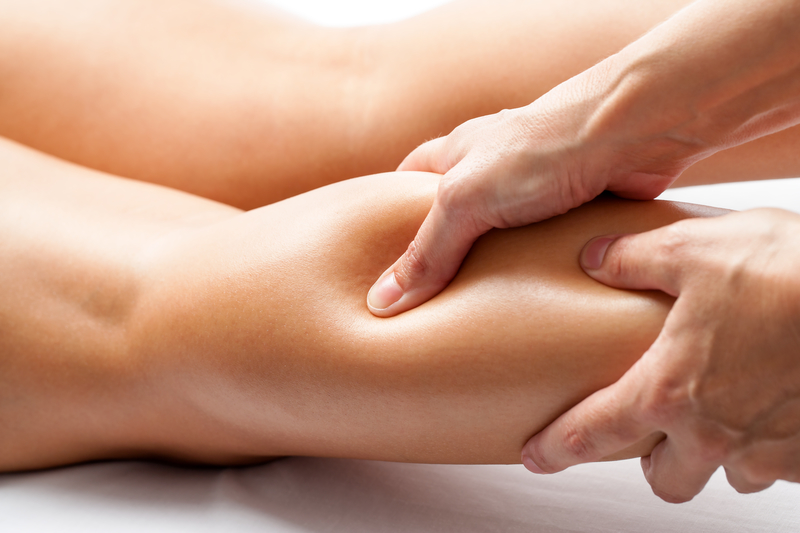
People with osteoarthritis can experience muscle weakness due to pain, swelling, and lack of movement. The best form of treatment is exercise. It helps shed pounds for those needing to lose weight, strengthens muscles, including the heart, increases flexibility, and eases stiffness. Exercise is also an important part of lifting moods and consequently, improves motivation to continue a healthy lifestyle.
4. Deformed Joints
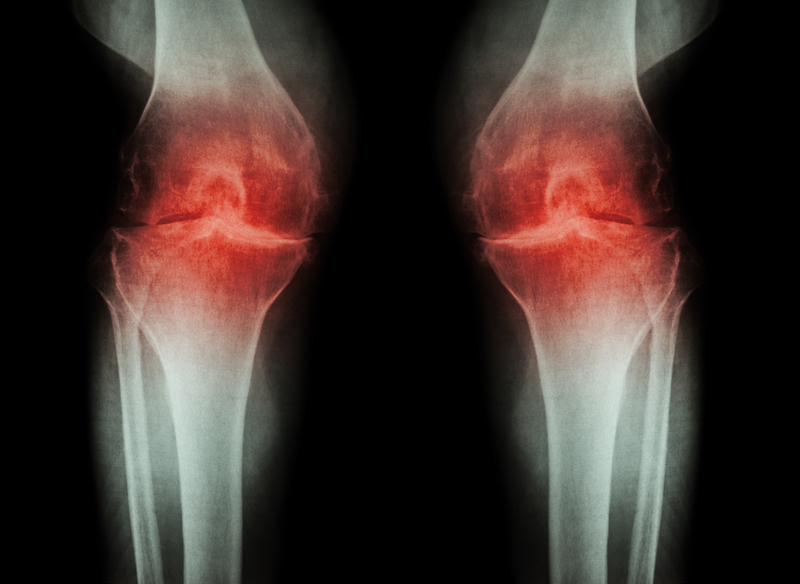
When swelling occurs so much as to cause joints to become deformed, it makes common daily tasks difficult to accomplish. Things like buttoning a shirt, chopping vegetables, and climbing stairs require the help of others. Some people find they have to quit longtime hobbies like knitting and bowling because their joints to not work as well as they used to. Knobbing fingers and bow-legs are common outcomes.
3. Reduced Range of Motion
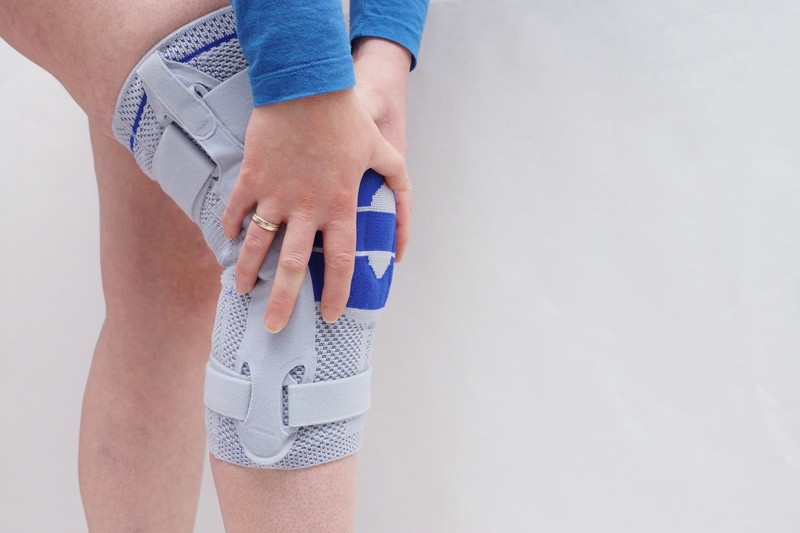
Along with pain and stiffness, therange of motion is reduced in many people with osteoarthritis. It may be difficult to reach for things or stretch the legs to drive a car safely. Physical therapy can help, as do devices to support the joints, like knee braces and finger splints. If sufferers have difficulty falling asleep or remaining asleep, sometimes using a firmer mattress or neck or back brace is necessary.
2. Cracking and Creaking
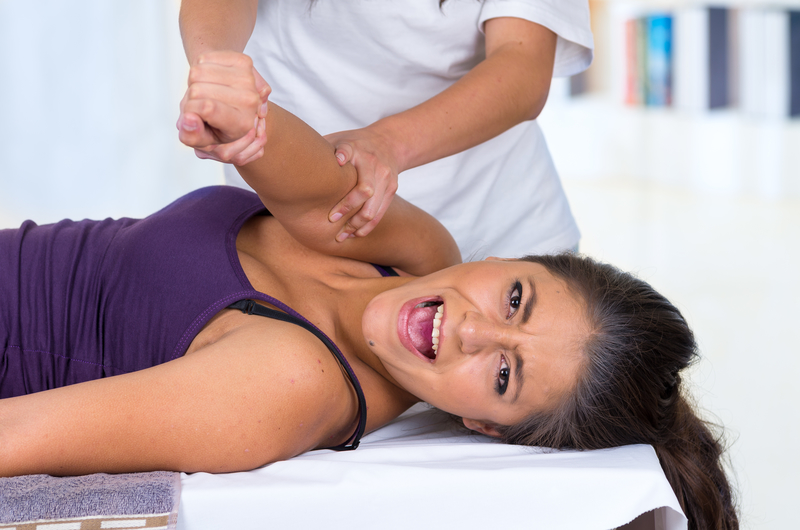
When bone rubs against bone, sufferers of Osteoarthritis notice a grating sound or a feeling of the bones crunching against each other. This is often apparent in the knees as a person sits down or kneels. This happens because the joints loose their smoothness and might sit looser within their cavities. When this type of degeneration occurs, a person might experience a disconcerting snap and pop sound.
1. Bone Spurs
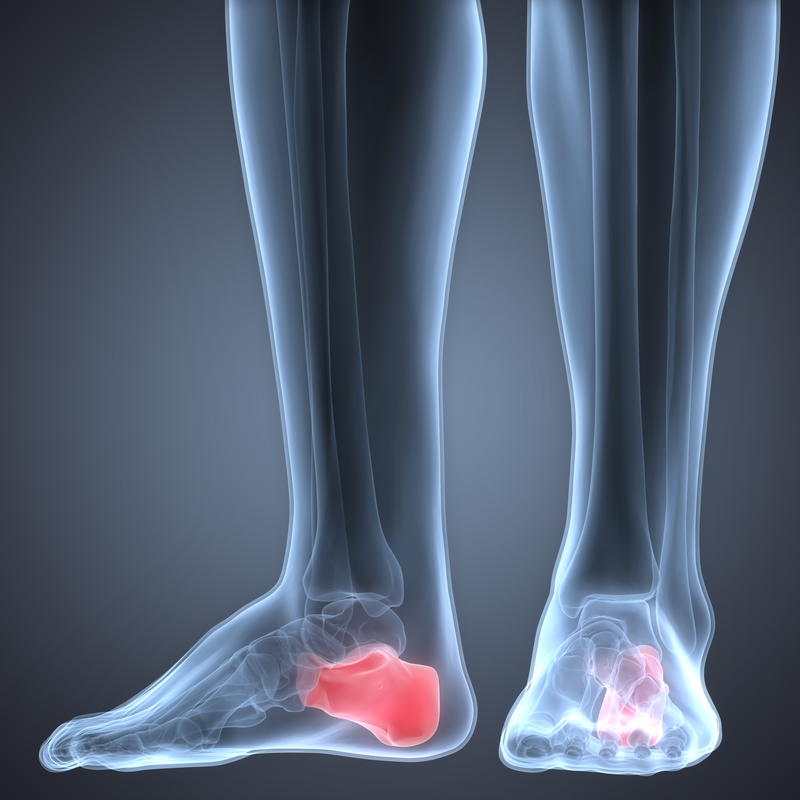
Osteophytesor bone spurs are small and appear as bumps which protrude from joints affected by osteoarthritis. They are caused when the body tries to mend the breakdown of cartilage. The impact on nearby nerves can create additional problems, including numbness, tingling, and additional pain. This can occur in the spine and lead to difficulty standing and walking, but some people are not even aware of them until they show up on an X-ray.